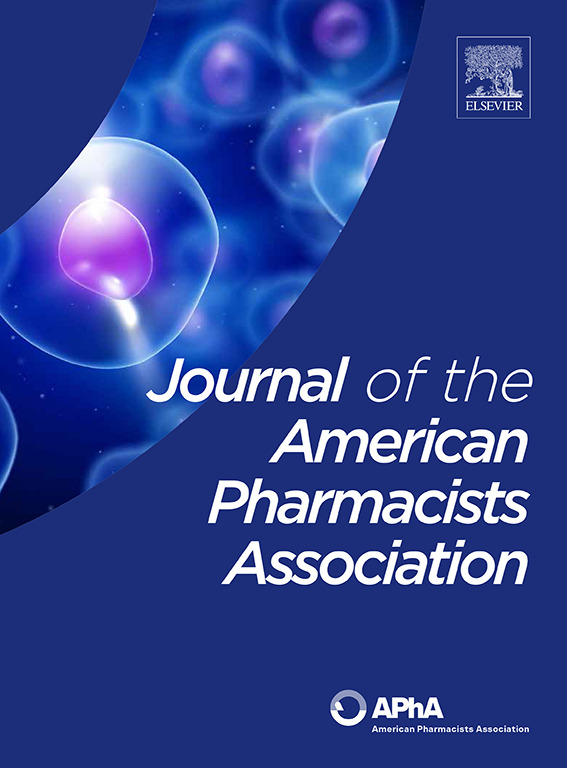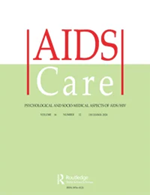New ADAI Articles: Pharmacy Staff and Naloxone & PReP Use by MSM Who Use Substances
12/18/2024Two new papers by ADAI researchers and colleagues are now available!
Pharmacy staff-reported adaptations to naloxone provision and over-the-counter (OTC) syringe sales during the COVID-19 pandemic: Experiences across multiple states and 2 pharmacy chains.

Green TC, Silcox J, Bolivar D, Gray M, Floyd AS, et al. J Amer Pharm Assoc 2024;64(1):71-78. [subscription access]
This paper coauthored by Anthony S. Floyd, PhD (part of the ADAI CEDEER team) explores how pharmacy staff across four states and two major pharmacy chains adapted to the COVID-19 pandemic for ongoing naloxone and over-the-counter (OTC) syringe access, as well as how staff thought the pandemic affected drug use in the communities they served and their pharmacy’s volume of syringe sales and naloxone provision.
One-hundred and thirty-four pharmacy staff responded to surveys that involved both closed- and open-ended questions collected online between July 2020 and February 2022. Analysis of the survey responses found few differences by state or pharmacy chain, with most pharmacy staff reporting that syringe and naloxone access continued during the pandemic through streamlined workflows and innovative no-contact harm reduction services like drive-thru access, requests by phone, and mail services, reinforcing the public health role of pharmacies.
Factors associated with PrEP awareness and use among men who have sex with men who use drugs in the Southern United States.

Paschen-Wolff MM, Tross S, Nelson CM, Hatch MA, Meche D, Ertl MM, Wright L, Laschober TC. AIDS Care 2024 (in press). [subscription access]
Mary Hatch, PhD, Lynette Wright, MSW, and Tanja C. Laschober, PhD, of the Pacific Northwest Node of the NIDA Clinical Trials Network at ADAI, contributed to this recent paper about the use of pre-exposure prophylaxis (PrEP) among men who have sex with men who use drugs (SU-MSM) in the Southern U.S.
Using data from CTN-0082, they looked at factors associated with both PrEP awareness and use among 226 SU-MSM in the South.
Younger age, higher education, condomless anal sex, and more frequent popper use were associated with greater odds of PrEP awareness. The same factors minus younger age were also associated with greater odds of PrEP use. Results highlight the need for innovative PrEP outreach to Southern SU-MSM that accounts for age, education, and substances used.
Want a copy of either paper? Email ADAI Director of Information Services Meg Brunner, MLIS (meganw@uw.edu).





